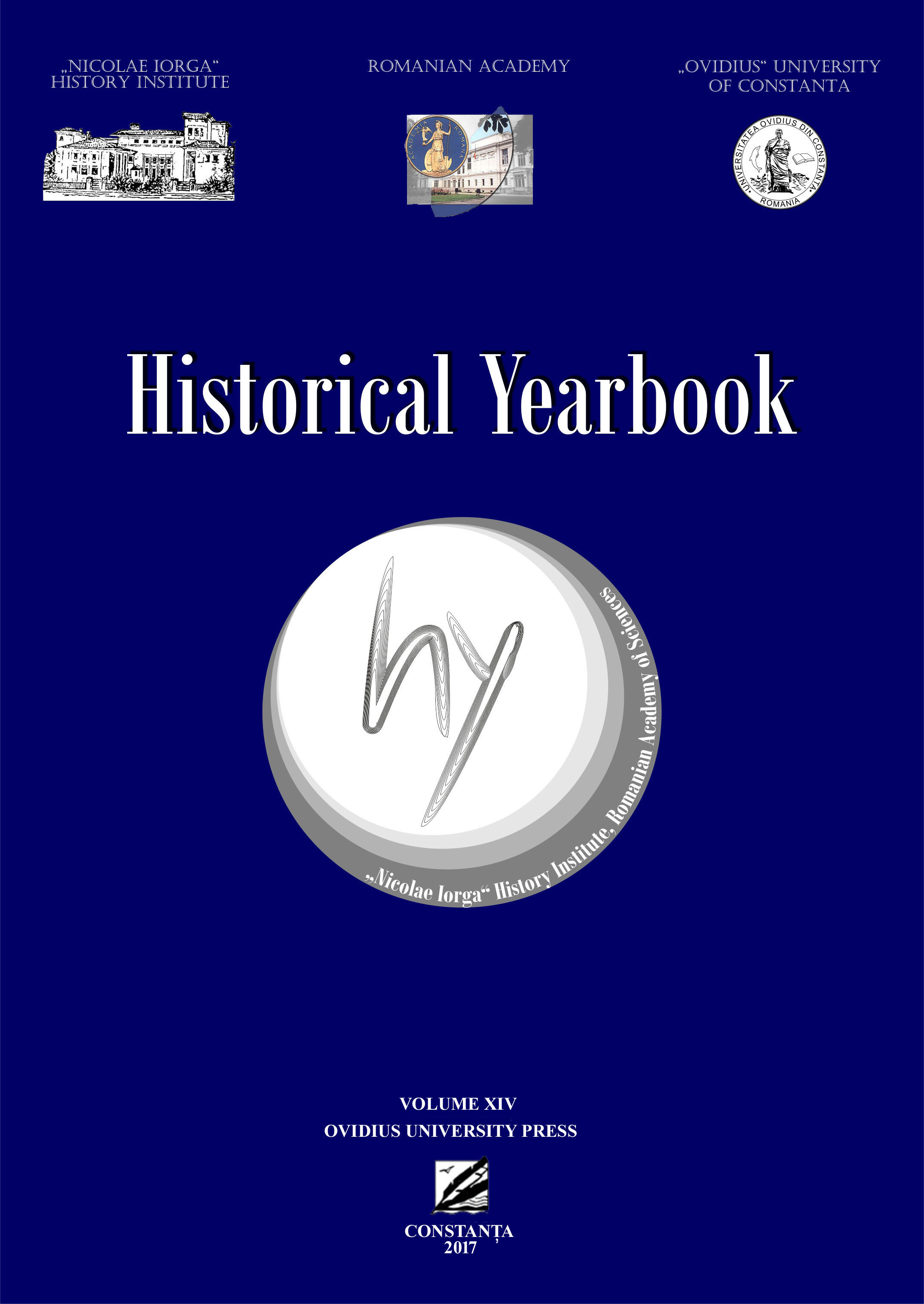PHRAGMOS- THE BORDERLAND BETWEEN THE BYZANTINE EMPIRE AND THE PARADISE
PHRAGMOS- THE BORDERLAND BETWEEN THE BYZANTINE EMPIRE AND THE PARADISE
Author(s): Adriana CîteiaSubject(s): History, Philosophy, Theology and Religion
Published by: Ovidius University Press
Keywords: phragmos; hyperoria; peras; limes; horos; metaichmian
Summary/Abstract: The space exterior to the mobile border of Byzantium was defined beyond any ambiguity, both from the perspective of the immediate politics of the Empire and from the symbolic perspective. Approached from the perspective of the ontological realism, the border separates a rigorously circumscribed space from the exterior world that is simply-present. In case of the Byzantine peratological system, the exterior world has meant a group of ethnois drawn to the Byzantine sphere of influence by missionary actions or pure political acts – in case of peoples with universalistic religious orientation: Persian, Arabian, Tatar-Mongolian. The mere ethnic, social and politic demarcation, and the management of the space in ethic terms was not enough in the byzantine history. Since the 4th Century the space management has gained an apodemic character. The border (peras) was not just a simple way of expressing the property feeling, yet a reference to the external space, the location where the adventure of defining the political and religious Ego in relation with the world (oikoumene) took place. Any foreign space (hyperoria) was approached by the Byzantine political theology from ecumenical perspective. The Byzantine peratological metaphysics has combined the constant overpassing of the own political limits with the spiritual epektasis, mandatory from the religious perspective. The Byzantine apodemic instinct (of crossing of the own geographical limits) has had as Christian analogon the crossing of the own spiritual limits, the evasion in ontological and cosmologic areas. The Byzantine political thinking was dominated by the need of an aperigraphic space, being permanently defined and meant- by vocation of the in perpetuum missionary activity - to communicate with the spaces that were non-congruent from political or religious perspective. In the morphology of the Byzantine and post-Byzantine culture, the border had a double role: to define the visible territorial limit, beyond which existed a foreign political and cultural space (hyperoria), and to define the margin, the extremity (peras), excluding the synonymy with the radical eshatos. Peras has represented the limit that can be crossed, with consequences for the consciousness. In the Byzantine reference system, the border has defined a “unique, different in itself” space. This synthetic unity was inherited by the modern and contemporaneous culture, from the perspective of which the border configures spaces without artificially segmenting them.
Journal: HISTORICAL YEARBOOK
- Issue Year: 14/2017
- Issue No: XIV
- Page Range: 5-15
- Page Count: 11
- Language: English
- Content File-PDF

